Energy is a key factor in combating climate change, one of the biggest challenges the world is facing today. India has committed to cutting emissions to net zero by 2070 and set ambitious targets for adopting renewable energy. Achieving these targets requires careful planning and an overhaul of our current energy system.
Our work aims at enabling policies that encourage the adoption of rooftop solar, facilitate the development of technology for energy storage, strengthen the grid and transmission infrastructure, advance hydrogen technologies, and promote green mobility. CSTEP's research looks at the various aspects of mainstreaming renewable energy for a cleaner, greener energy sector.
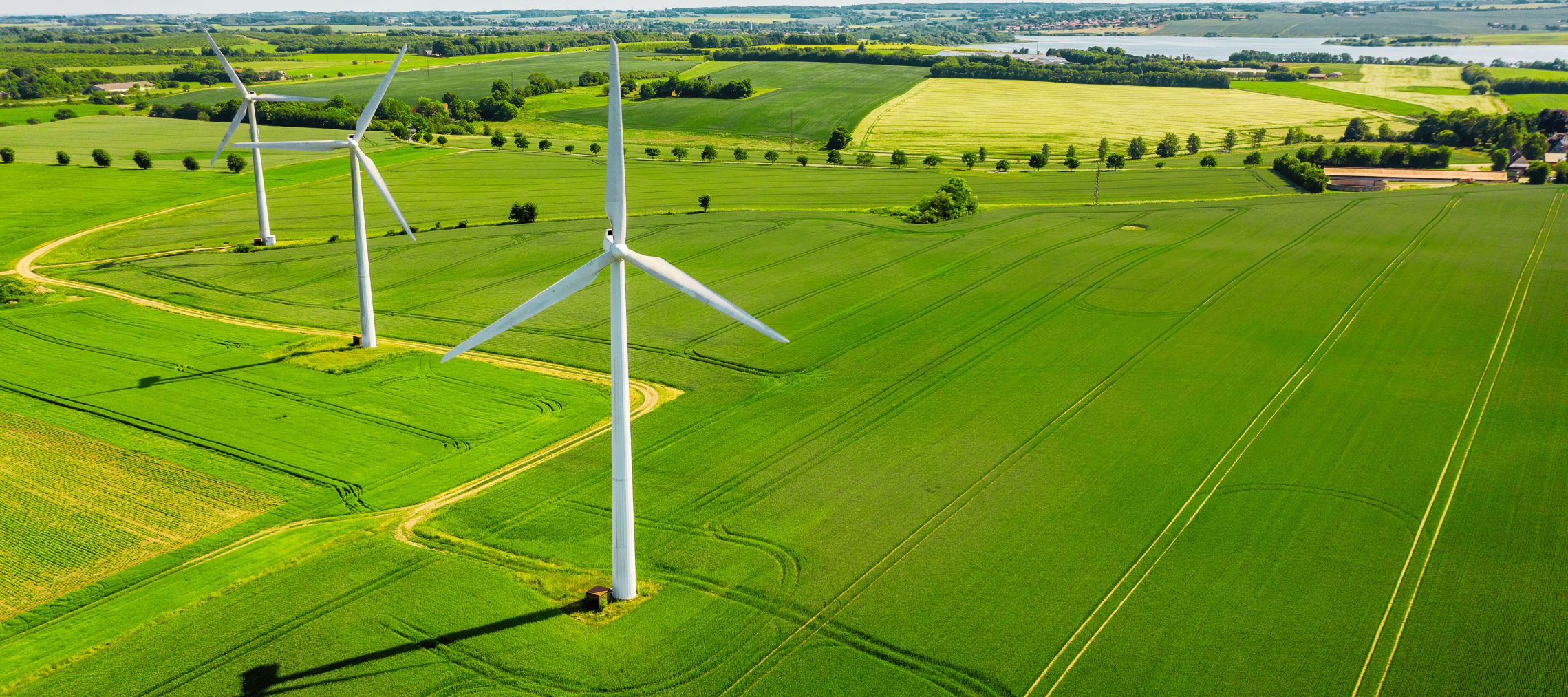
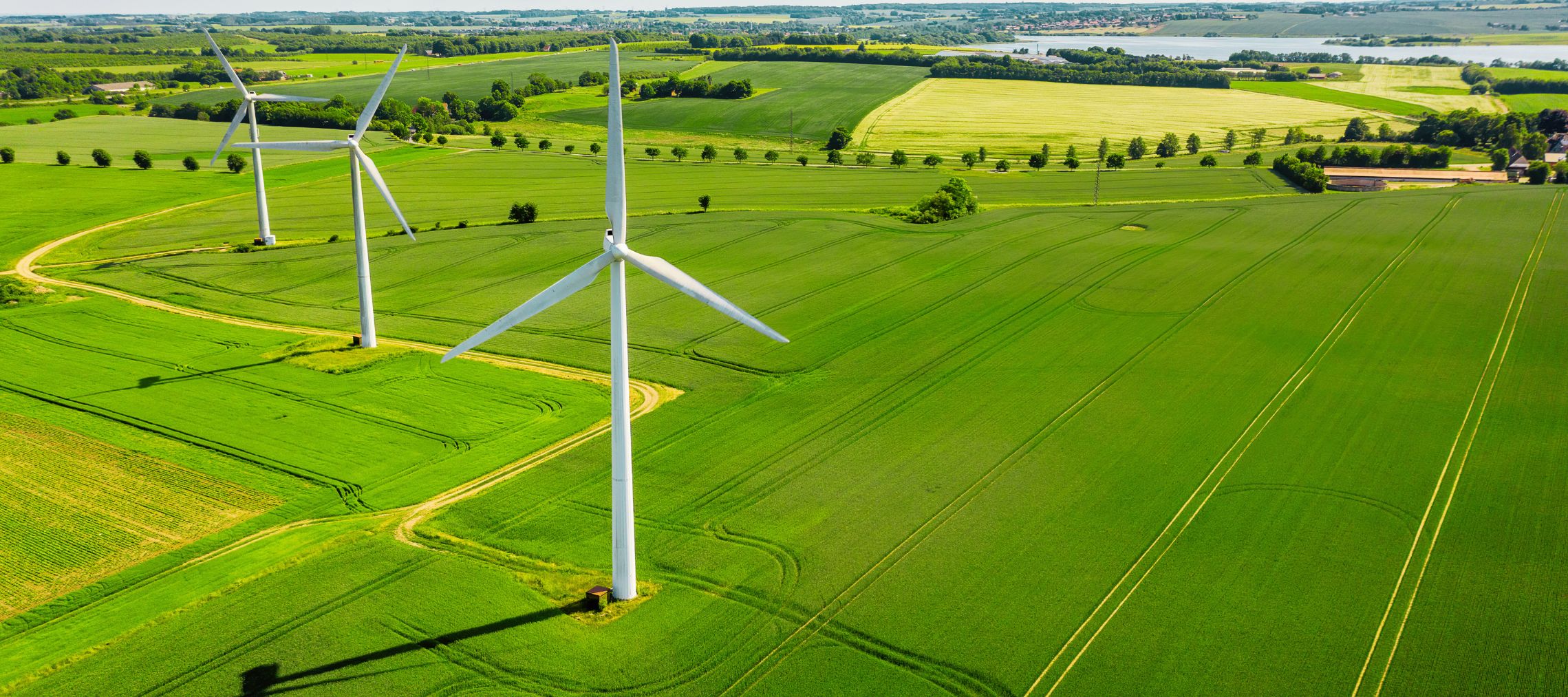

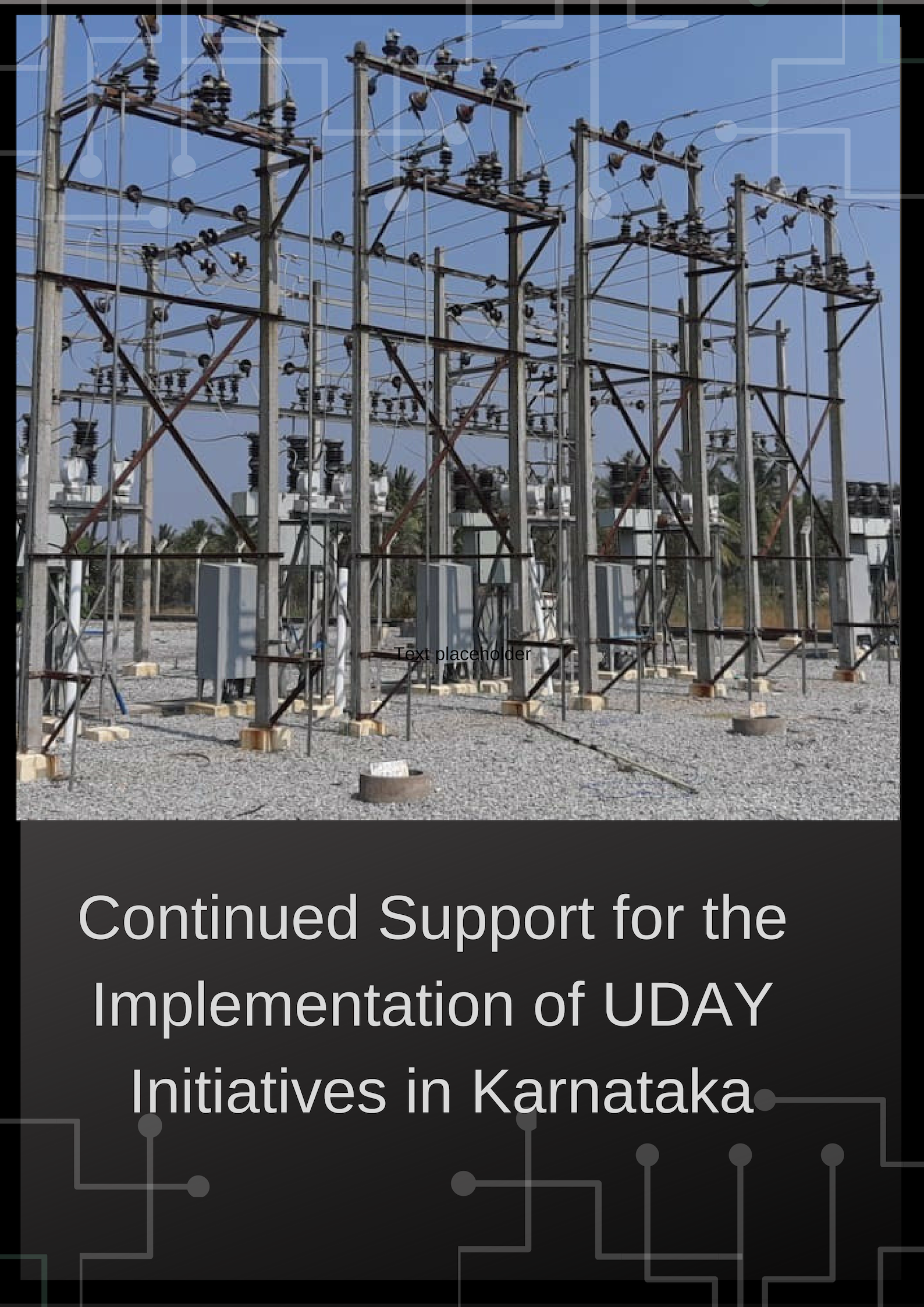
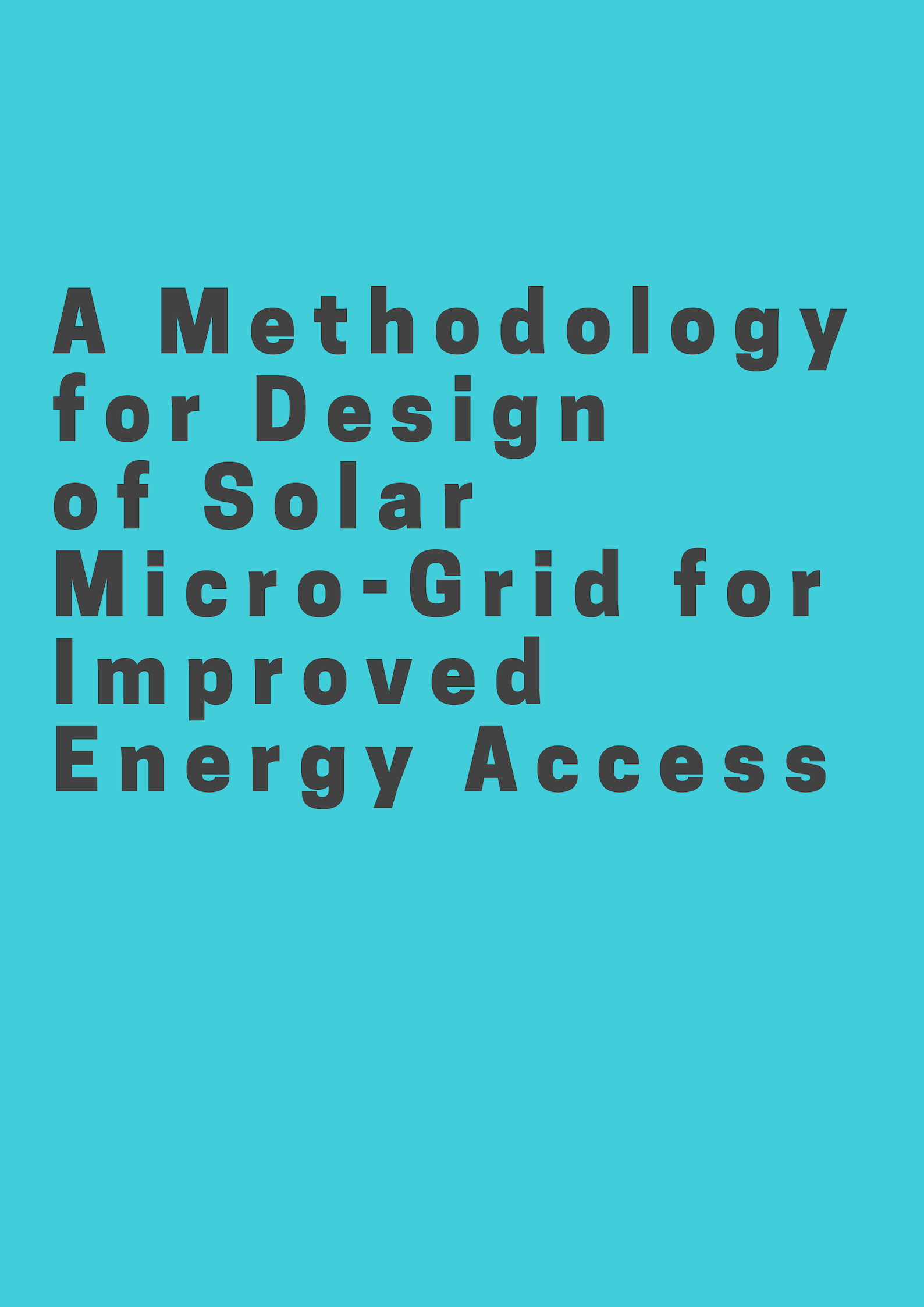
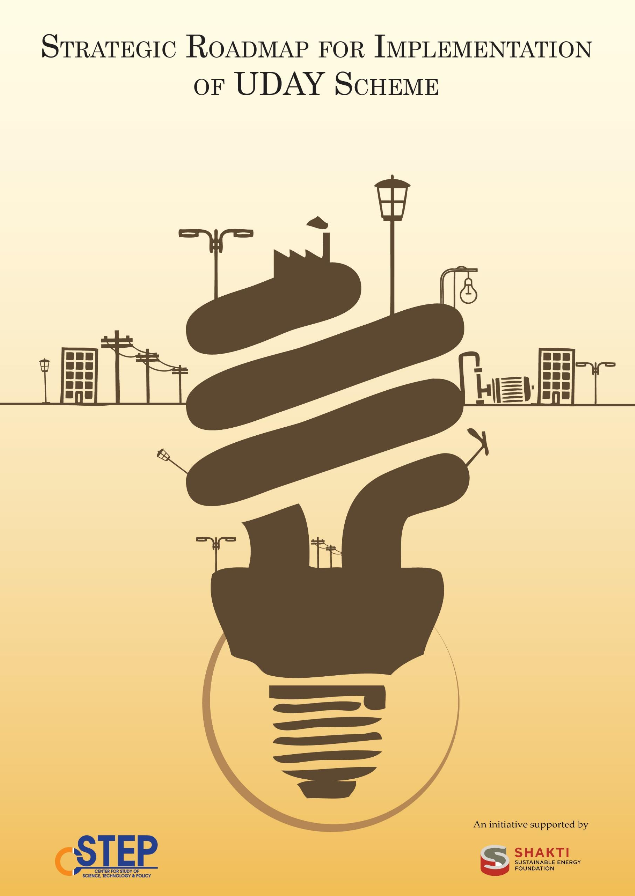
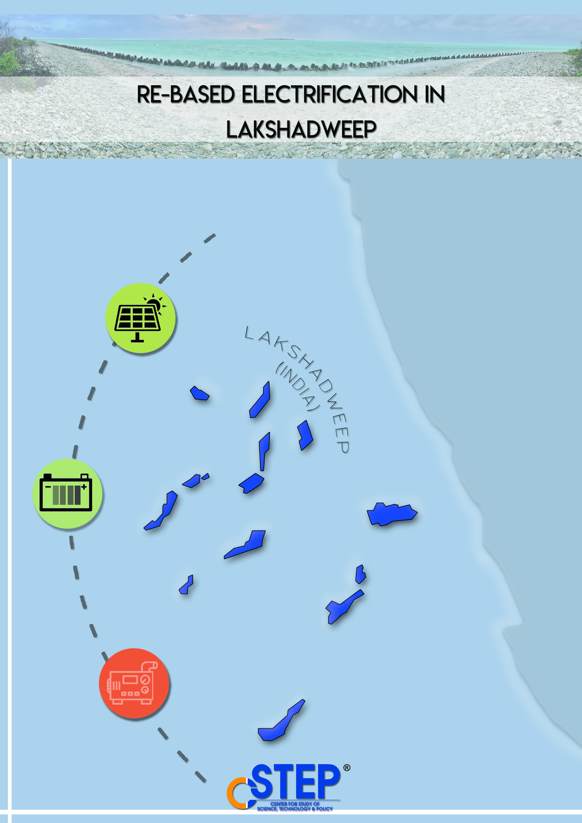
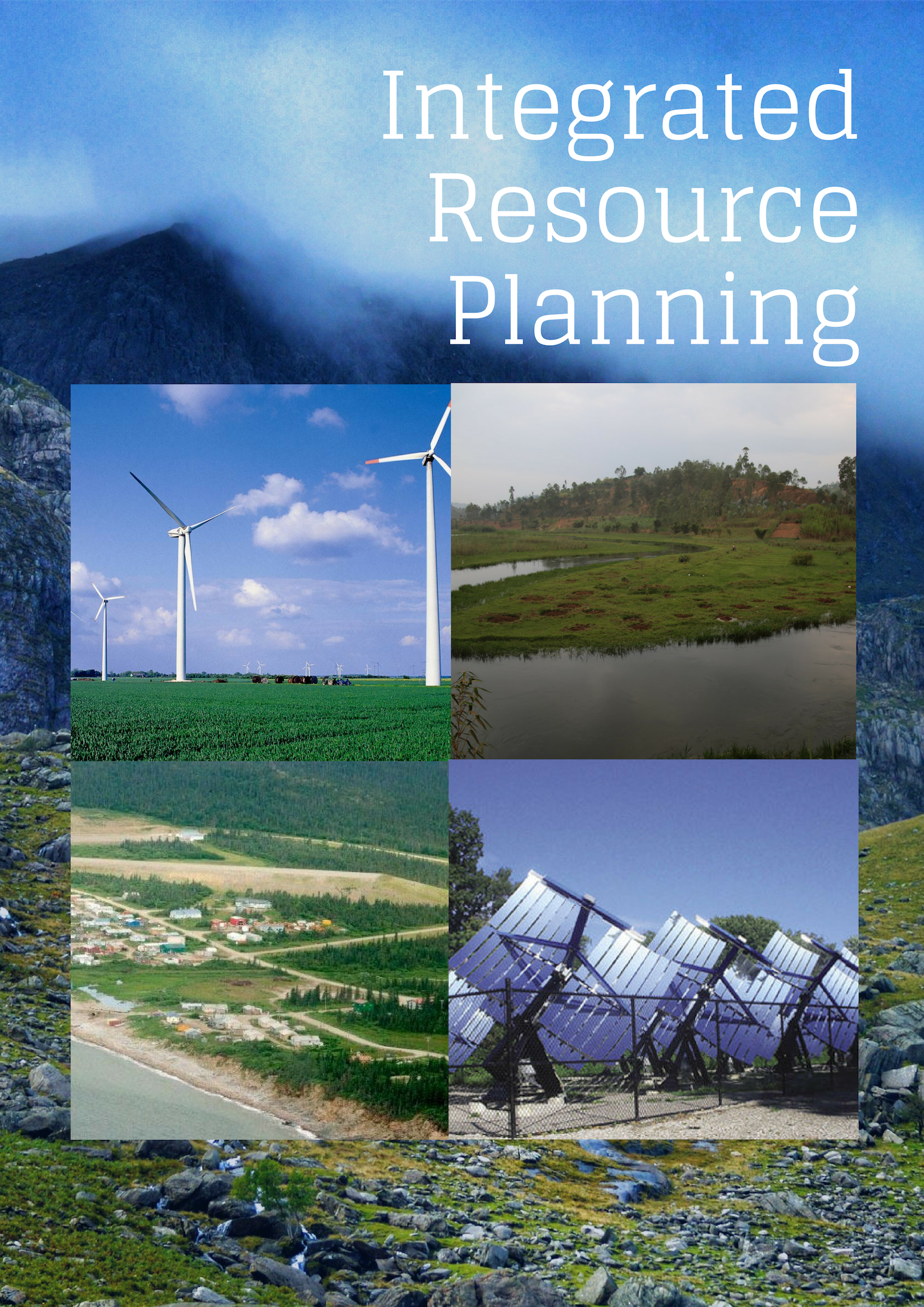
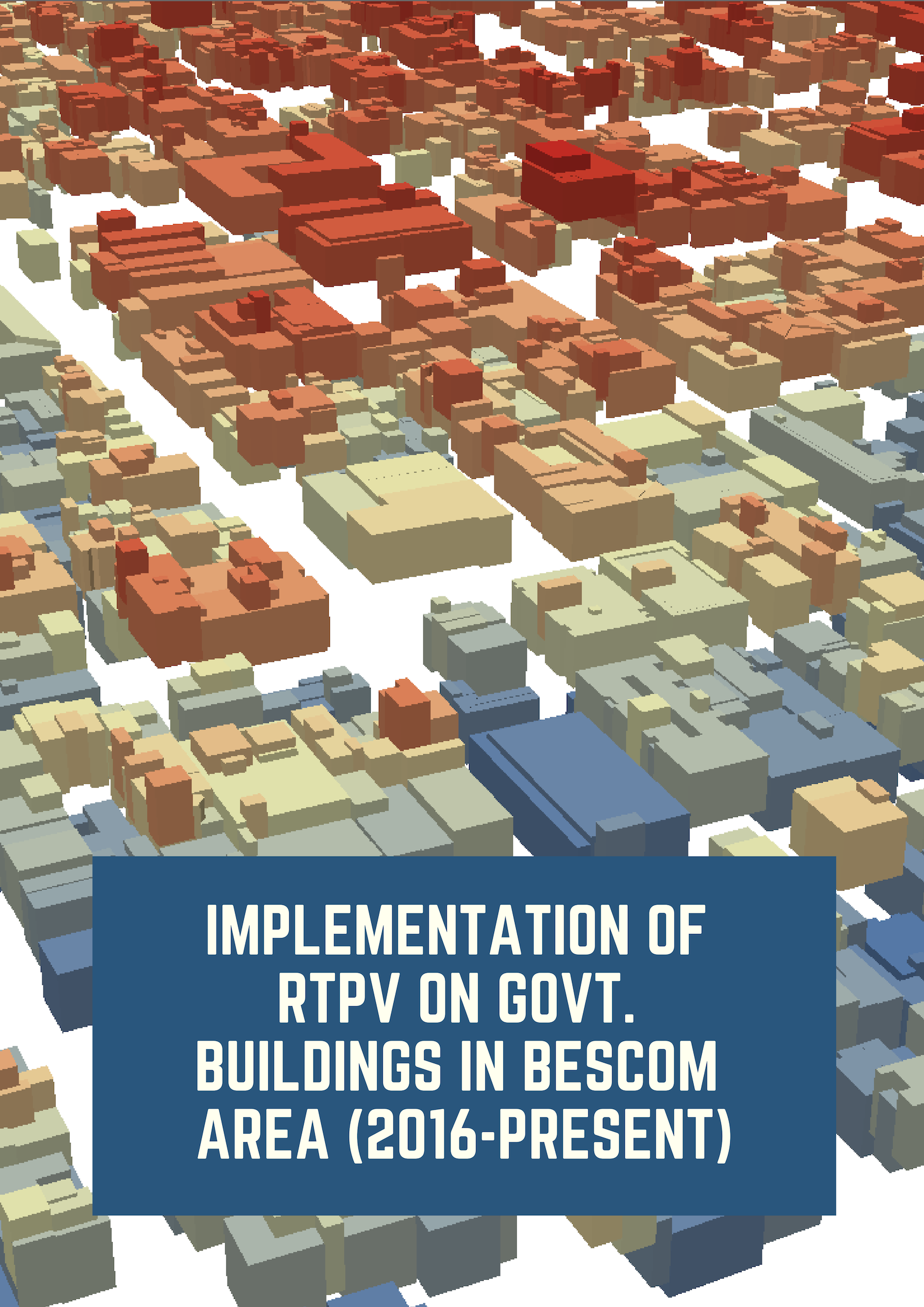
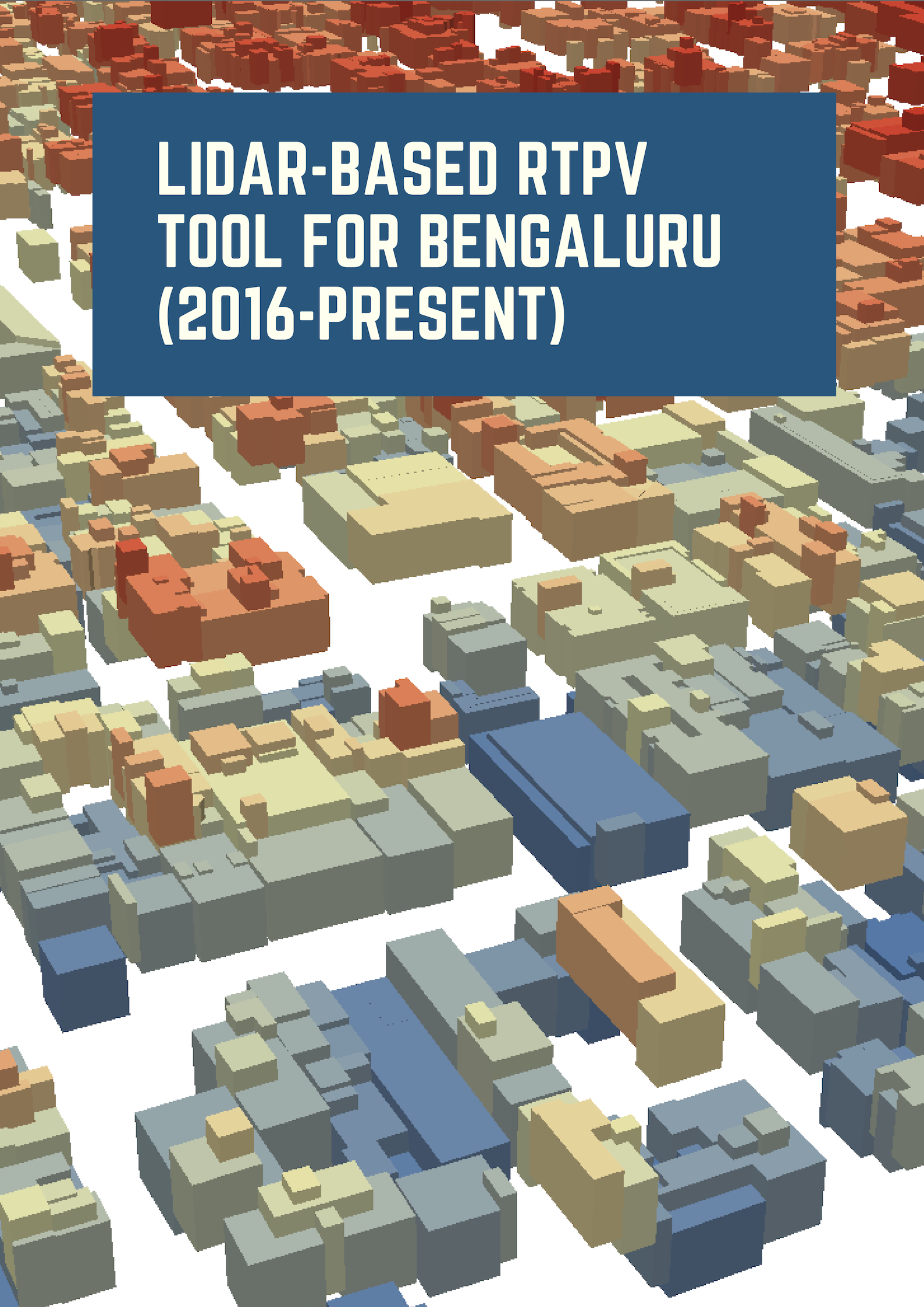

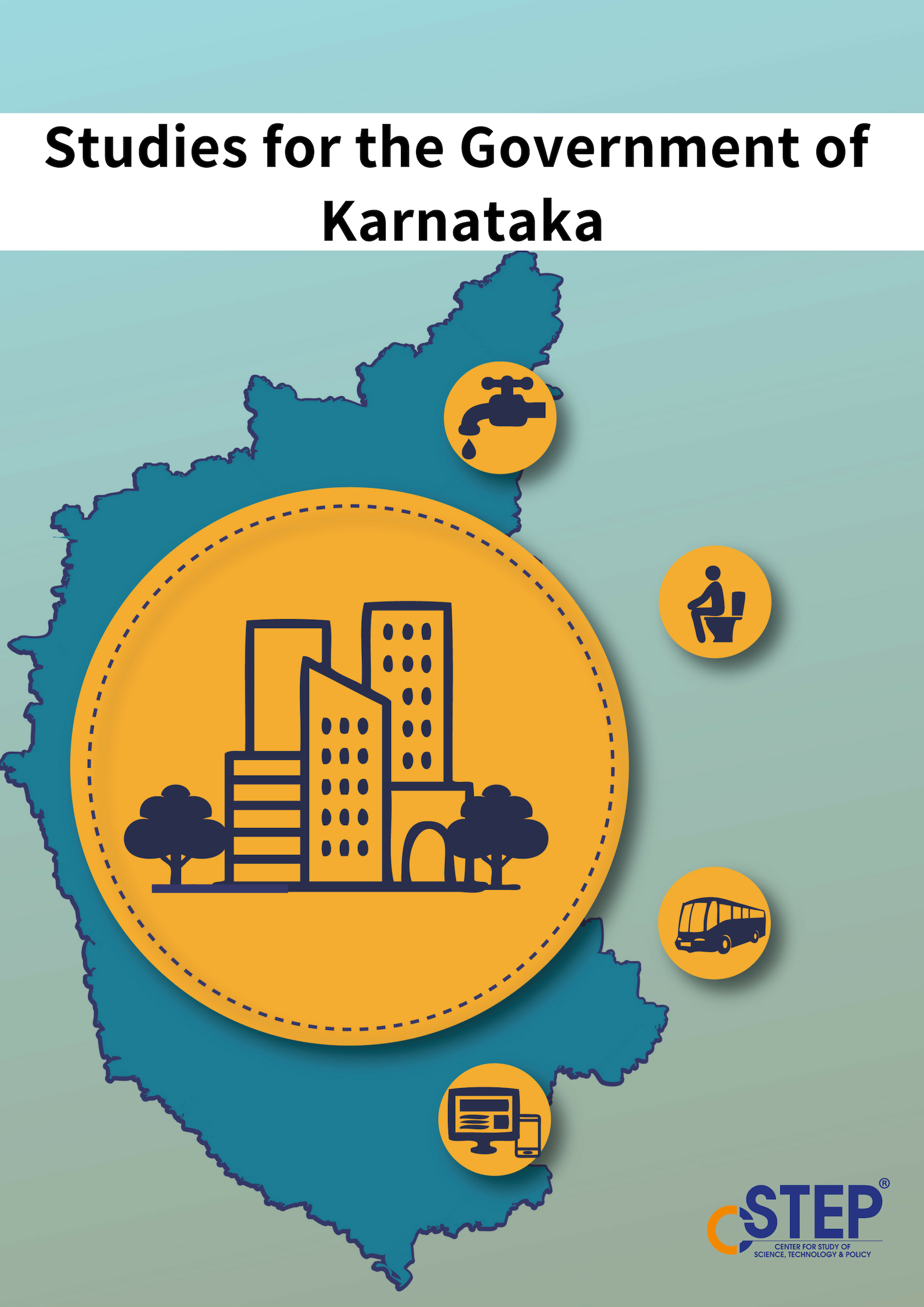

Getting a buy–in from public on Kudankulam
Nuclear power is vital for India, and the government needs to be
more transparent in presenting the attendant risks, while
explaining that Kudankulam’s safety features are superior to those
of Fukushima.
Hydrogen: towards cleaner and sustainable transport
Extensive commercialisation of hydrogen vehicles is very much possible by the mid-21st century.
AT&C loss reduction: Hopes pinned on UDAY
The electricity distribution sector in India is considered to be the most important link in the entire power sector value chain. It is also the face of the electricity sector for consumers. The most critical issues plaguing the distribution sector are high aggregate technical and commercial (AT&C) losses, poor billing and revenue collection efficiency and inadequate infrastructure. This sector has been reeling under losses to the tune of Rs.3.8 trillion due to systemic inefficiencies.
The need for a pan India offshore wind atlas
Offshore wind trends are going to blow faster and steadier as compared to onshore wind. With a 7600-km coastline, India could become an attractive hub for offshore and wind investors in the coming years.
Smart grid can help electric vehicles tick
A synergy between smart grid infrastructure and EVs could enable utilities to work more effectively by managing the charging schedule, informing state transport agencies on EV charging status and keeping track of billing data through smart communication systems.
Smart Meters are the way to go
Integral to UDAY, smart meters can help discoms overhaul services. But picking the right technology is the issue.
Is India prepared for offshore wind farm development
The offshore wind industry has significant potential as a long-term solution. However, with the current costs being high, we need to study the factors that will make it viable and plausibly cheaper in the years to come. Based on a preliminary examination of existing port infrastructure in India, it is evident that enormous reinforcement efforts will be required in order to service our future offshore wind energy projects along with establishing regulatory and institutional frameworks that will guide the local stakeholders.
Infrastructure preparedness for the development of offshore wind sector in India
Renewable energy technologies are witnessing a fast-paced growth globally at 8.33%, supported by government policy. Offshore wind technology,
although a recent entrant into the arena, has already witnessed a cumulative capacity of 8,771 MW in 2014, representing a sizeable 12.6% of the
annual EU wind energy market. This is expected to grow to 40 GW by 2020. The UK, Denmark, Germany, Belgium and China are currently the leading
countries in installing offshore wind turbines and expected to contribute to most of this growth in installed capacity.
Integrated Power Sector Roadmap for Bihar
Bihar has embarked on several major initiatives that are likely to transform the shape of its power sector. Some of these initiatives are mentioned below.
Connectivity to all villages and provision of 100% access to all rural and urban households:
As a result of this improved access, the state is likely to experience a significant increase in electricity demand in the coming years.
